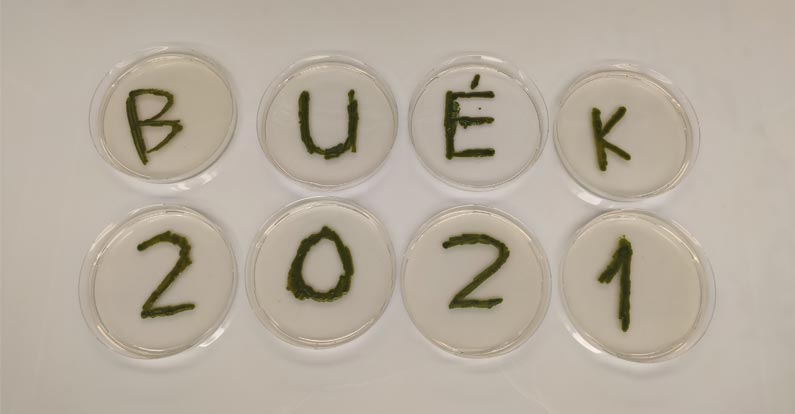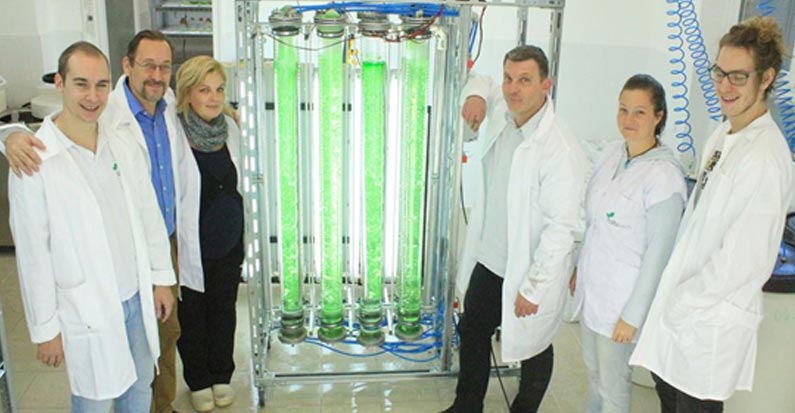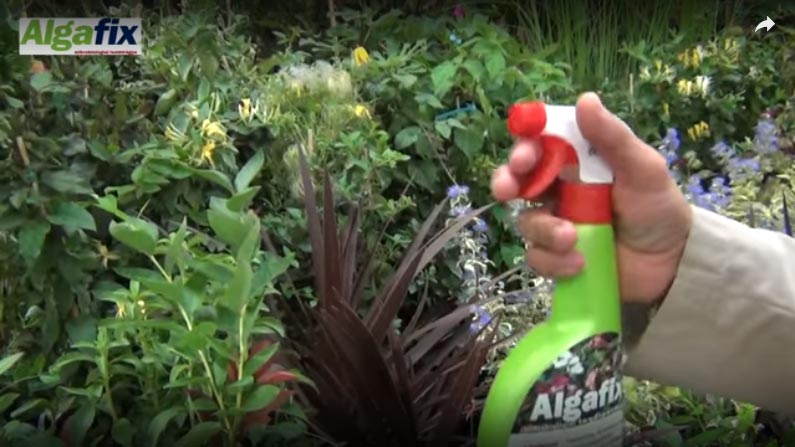Balogh Csilla1, Kutasi Balázs2, Vallejo Cuzco Ángel Gabriel1, Del Castillo Dahlia1, Koltai Éva1, Juhász Péter1, Kutasi József2, Greipel Erika2, Kovács Attila1, Serfőző Zoltán1
INTRODUCTION
Invasive dreissenid species (D. polymorpha, D. r. bugensis) was introduced from Danube River to Lake Balaton – the largest shallow
lake in Central Europe – supposedly by ship transport (Sebestyén, 1932; Balogh et al., 2009).
The dreissenid-mediated impacts on aquatic environments are of special interest because they can create and/or modify habitats, and promote numerous direct and indirect system-wide effects; hence they are considered as ecosystem-engineers (Jones et al., 1994, 1997; Karatayev et al., 2002; Vanderploeg et al., 2002; Gonalez et al., 2008).
Dreissena species as dominant freshwater filter feeders playing intermedier role in the food chain. Their biomass (dry mass without shell) reaches around 22 t/year in Lake Balaton (Balogh, 2008), where dreissenids are main food sources for carp, bream and roach (Bíró, 1997). We found that the protein content of the soft tissue was high enough (55-60% dw, Balogh and Serfőző, 2017) to count with this animal as a potential protein source alternative provided by freshwater ecosystem service for feeding developing fishes in intensive fish farming.
The aim of this study was to investigated the type and quantity of algae that yields intensive growing, higher weight and therefore more energy source biomacromolecules of dreissenids, which is beneficial in fish bait composition. Monocultures of those algae were used, which can be found with high number in the natural environment of dreissenids and can be easily cultured in laboratory conditions.
MATERIALS AND METHODS
Algae-mussel laboratory experiment were carried out to know the optimal algae concentration which dreissenids consume daily, and using this optimal concentration we measured the growth of the animals in a mid-term (3 months) microcosm study (Fig. 1a.). We used four kind of algae species (Chlorella sp., Scenedesmus sp., Neochloris sp., Phaeodactylum sp.) and an algae-mix, containing the mixture of them (Fig. 1i.). The lake water filled with natural plankton represent the control. In the microcosm study, the weight, length, width and the shell area of the mussels (10 pieces per cup, in 5-10 parallel) were measured (Fig. 1d-h.).
The shell length and area increment were determined by using Image J softwer. We collected animals living in the western eutrophic (Keszthely) and eastern oligotrophic (Siófok) bays of Lake Balaton (Fig. 1j). We followed the algae concentration by flow cytometry (Fig. 1b.). We measured (Fig. 1c.) glycogen (total carbohydrate) content according to Van Handel (1965), adapted to mussels by De Zwaan and Zande (1972). Protein was measured with BCA method (ThermoScientific), and the fatty acids by the phosphovaniline method (Nalepa et al., 2014).
To analyse differences in used algae species (transformed in case of need), we used a GLM ANOVA (different letters means significant differences).
RESULTS
We found that optimal algae concentration for mussel growth was 1-3×107 ind/L/day.
There were significant differences on the growth (weight, size) parameters of the mussels depending on the algae species used to feed them (Fig. 2a., b). Reduction of the weight was found in control samples (Fig. 2a).
The survival of the mussels were up to 85% at the end of the three-month experiment. The highest survival rate reached with the mussels feeded by the algae-mix.
Protein content was significantly higher in case of feeding the mussels with Chlorella sp. or with Phaeodactylum sp. compared with those mussels kept under Lake Balaton water obtained from the oligotrophic part. On the other hand, high biomacromolecule values of the experimental samples were exceeded that of the samples taken from the eutrophic part of the lake (Fig. 3a).
Carbohydrate data showed significant emergence only in case of feeding with Scenedesmus sp., Phaeodactylum sp. (Fig. 3b), similarly to fatty acids (Fig. 3c).
CONCLUSION
Scenedesmus sp., Neochloris sp. and the algae-mix ensure the best food sources for the mussels. All growth parameters (weight, lengths) as well the body protein content were higher at the mussels feeded by these algae species. Absolute values of all energy source materials measured were the highest in the case of nourishing the mussels with these algae.
High biomacromolecule values of the experimental samples were exceeded the value that of the samples taken from the eutrophic part of the lake. Thus, the mussel body content indicates the trophic state of the lake, showing the gradiently declining trophic state along
the longitudinal axis from the eutrophic Western to the oligo-mesotrophic Eastern basins (Padisák, 1994, 2001; Padisák et al., 1998; Tátrai et al., 2000; Vörös et al., 2000). In the experiment, the mussel growing dynamics were similar to that found earlier in the field (Balogh et al., 2019), and in the substrata implanted into the lake (Balogh et al., unpublished).
In conclusion, considering natural conditions, amount of biomacromolecules could be enriched in dreissenids fed on selective algae monocultures.




